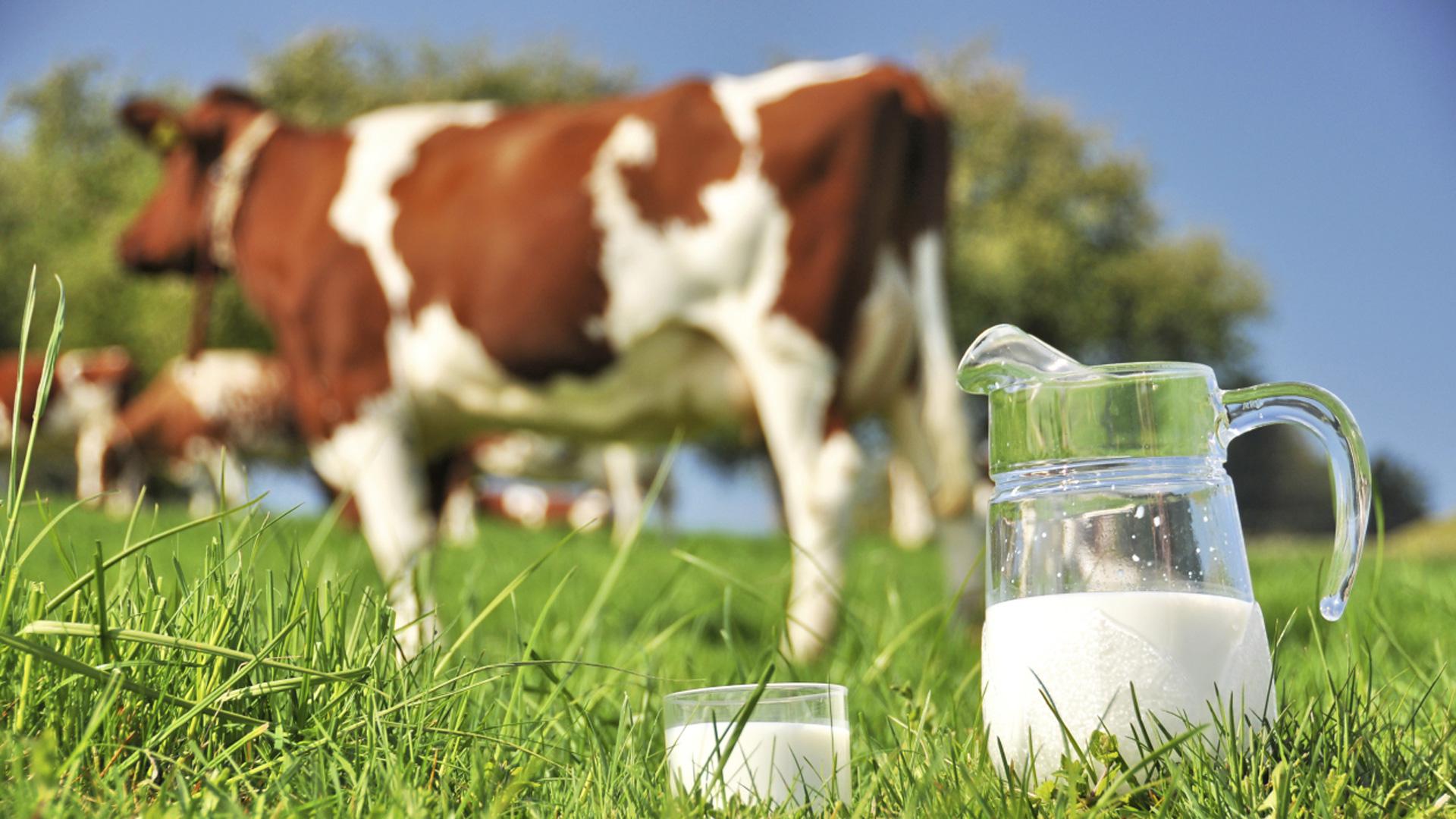Milk: kinds, nutritional values and label
Milk is one of the most important foods for the body (and often the most discussed). And the choice is wide: that’s all you need to know to choose the right one.
The difference between the different types is the fat content and the heat treatment which, in turn, affects the shelf life and storage conditions (in the refrigerator or at room temperature). Let’s see the differences between the products.
- Raw: it is “natural” milk, which does not undergo any type of treatment and, therefore, to be consumed in a very short time. It is generally sold on farms or on taps of milk on tap. It must always be boiled before consumption as indicated on the label or on the signs on the distributors.
- Fresh pasteurized: it is the classic milk, subjected to short heat treatment (about 15 seconds at 72 °). Preserves the best taste and nutritional quality of the milk of origin, but quickly spoils: it is kept in the fridge for up to six days.
- High quality pasteurized fresh: it undergoes a more delicate heat treatment compared to the classic one; for this reason the starting milk must have precise sanitary and composition requirements.
- Microfiltered: in addition to pasteurization it is subjected to microfiltration which eliminates most of the microbes. It keeps the taste of fresh milk, but lasts longer in the fridge (10-15 days).
- Pasteurized at high temperature: the heat treatment that it undergoes is halfway between fresh and UHT. It keeps in the fridge much more, about 25 days.
- UHT (Ultra High Temperature): it is the long-life milk treated at very high temperature (135 ° -140 ° C) for 2-5 seconds, to eliminate any bacterial form. It lasts from 3 to 5 months at room temperature and is therefore very convenient for those who do not shop every day.
- Sterile: undergoes a final heat treatment of sterilization in a sealed container. It lasts at least six months at room temperature.
On the other hand, from the fat point of view, we have three types:
- Whole milk: the fat content can not be less than 3.5%.
- Partially skimmed: the fat content is between 1.5 and 1.8%.
- Skimmed: the amount of fat can not exceed 0.5%.
The nutritional values of milk
Among the experts in the sector, the nutritional importance of milk is much debated: some say that it is good to drink it every day and who, on the contrary, even goes so far as to discourage its intake.
Within a balanced diet
The nutritional importance of milk is mainly given by high biological value proteins and by the high quantity of calcium (120 mg in 100 ml). There are also other mineral salts such as phosphorus and zinc and, to a lesser extent, vitamins A, B2, B12 and D. According to the indications of national guides, milk and its derivatives can be safely inserted into a varied and balanced diet that includes all foods in the right quantity and proportion. The Italian guidelines for food speak of 2-3 servings a day of dairy products, which are more or less equivalent to: a 125 ml glass of milk, a 125 mg jar of yogurt, 50 g of aged cheeses and 100 for fresh ones. The advice is to consume every day at least one product belonging to the group milk or yogurt and only 4 times a week a product of the group of cheeses, of your choice.
Not for all
Anyone allergic to milk should refrain from consuming any product belonging to the dairy family. The case of lactose intolerant is different (it does not have the enzyme able to digest it). In fact, there are lactose-free products on the market that are often indicated with the abbreviations HD or AD, which are highly digestible. Then milk also contains saturated fats that have a negative influence on cholesterol: if you have problems like this, we suggest you choose the partially skimmed or skimmed one.

